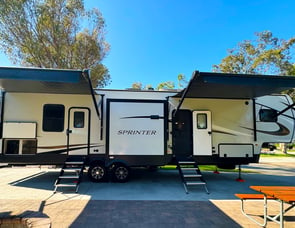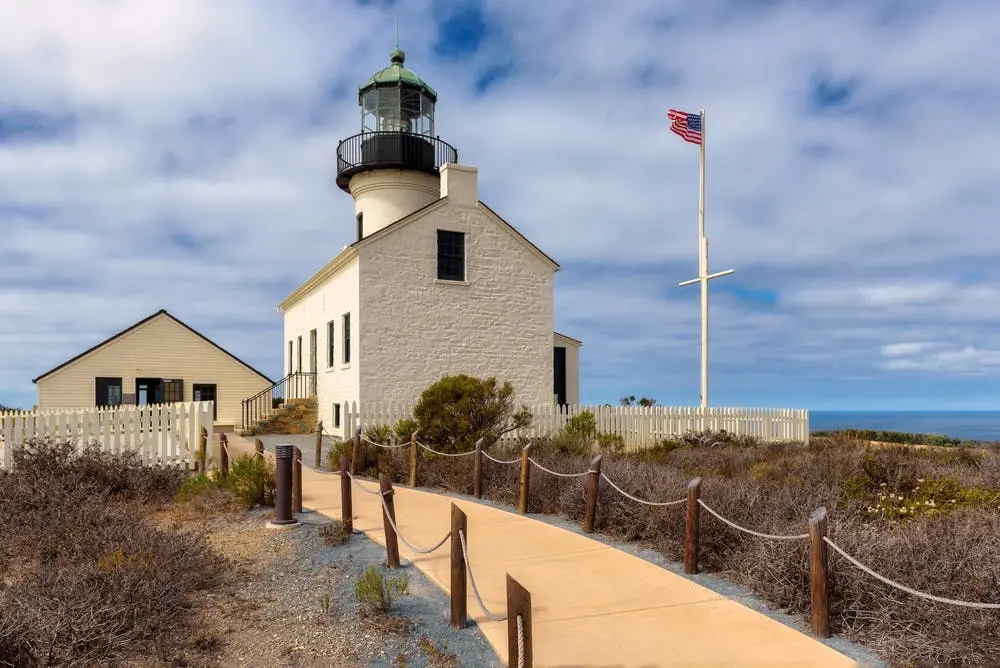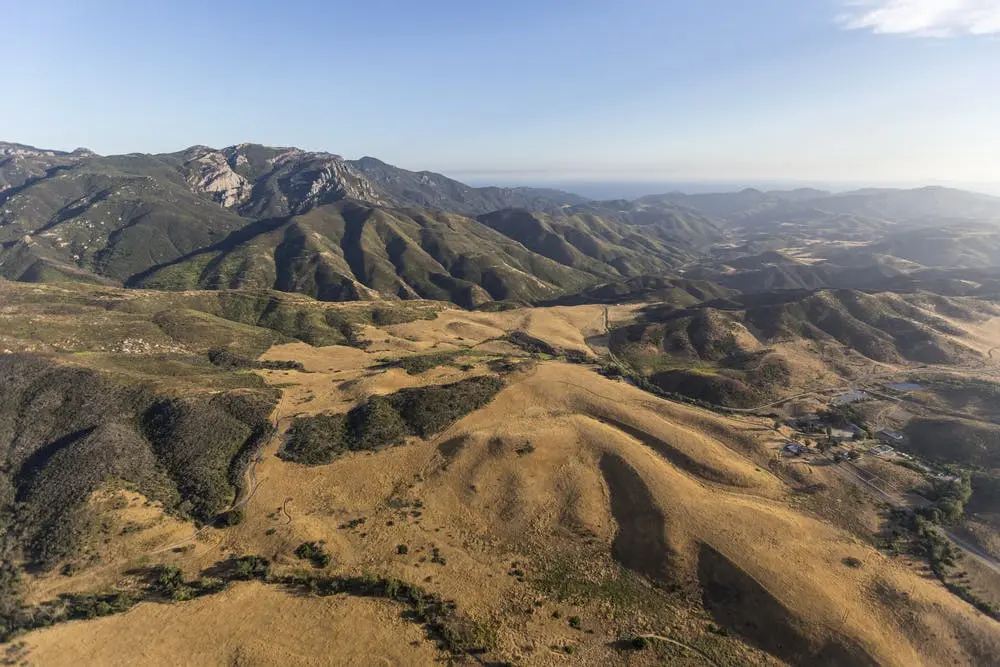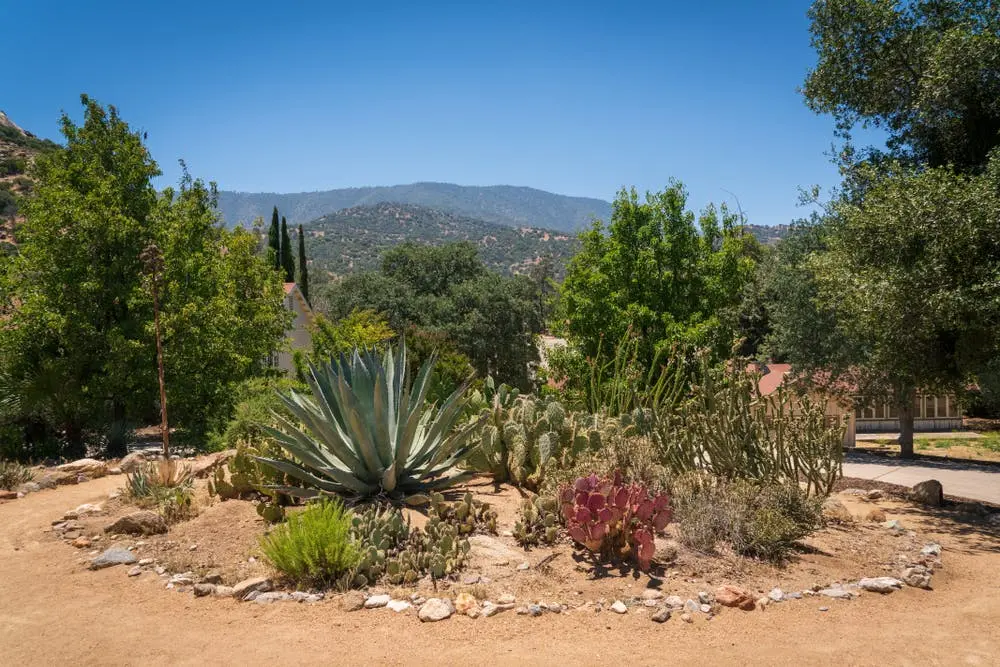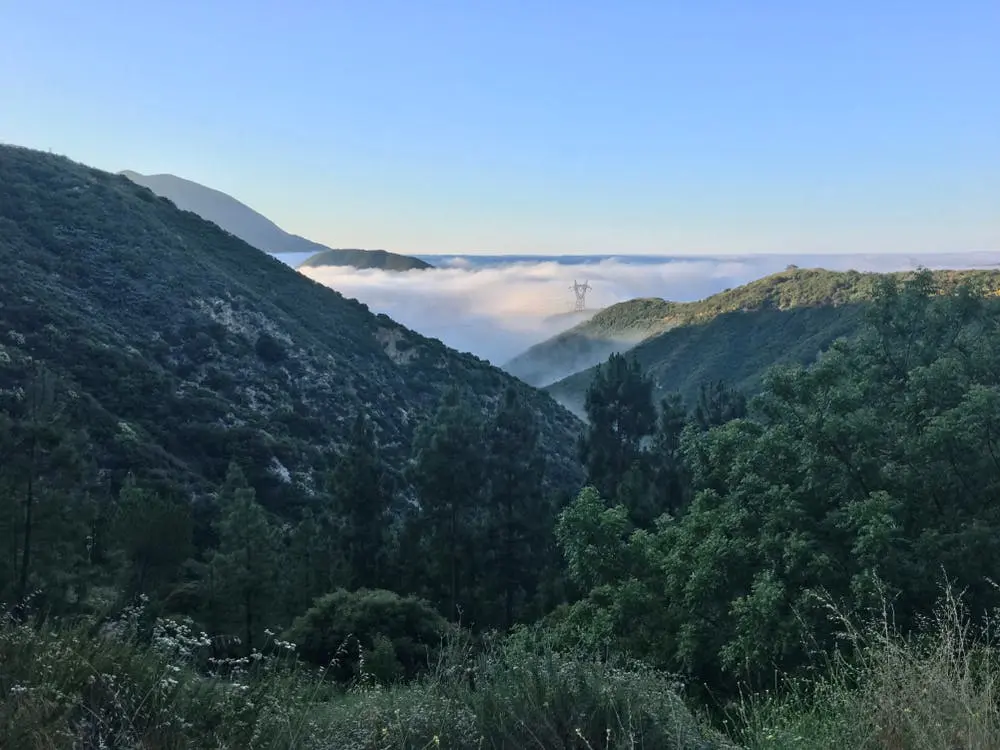San Diego Zoo
- Home
- Attractions
- San Diego Zoo
Balboa Park in San Diego, California, is home to the San Diego Zoo. In 1916, Dr. Harry M. Wegeforth established the Zoological Society of San Diego. The first animals that the zoo housed came from a 1915 Panama-California Exposition collection. In 1923, the zoo added a fence and began charging 10 cents for entry to generate more revenue, which led to further expansion.
After the Scripps Flight Cage received funding for construction from Ellen Browning Scripps to house shore and wading birds, it opened to the public in 1923. At the time, it was the world's largest aviary and measured 95 feet in height and 115 feet in length.
In 1969, the San Diego Wild Animal Park became a reality and served as the zoo's breeding facility. This part of the park didn't become open to the public until 1972. The zoo is now home to over 4,000 animals from 800 different species.
How to Get There
The closest airport to the zoo is San Diego International. However, Santa Ana and Long Beach airports are alternatives that might work better for your travel plans. Some of the nearest major cities are Chula Vista and Irvine.
Visitors may use buses or drive themselves to and from the zoo. Also, the Inspiration Point parking lot conveniently located off Taylor Street and close to Interstate 8 offers free drop-off and pickup at the zoo at no cost.
Rent an RV For Your Visit to San Diego Zoo
Visit San Diego Zoo
The kid-friendly San Diego Zoo is home to a wide variety of animals and interesting displays, such as a tropical rainforest you can walk through, an Arctic bear habitat with a chilling pool, aviaries, an Asian river setting with tigers, and enclosures for primates and Malayan sun bears that mimic their native environments. There are around 700,000 plants at the zoo, including many rare and endangered species. In addition to a variety of avian, reptilian and mammalian species, you'll also have the chance to see a variety of exotic animals from all over the globe, including those native to South America, Australia, Central America, Africa and Asia.
Weekday mornings make for the best time to take a trip to the zoo. There are fewer visitors and more interaction with the animals during this time of day. It's also when you'll have the best chance of seeing the animals eat.
Some of the most popular exhibits at the San Diego Zoo that you don't want to miss out on are the gorillas, hippos, swamp monkeys and otters in the Lost Forest and the red pandas and snow leopards at Asian Passage. You'll enjoy life-size polar bear sculptures and a crawl-through polar bear den at the Polar Bear Plunge.
For a truly interactive experience, make sure to watch a show at the 4-D theater and explore a vast range of activities at the Wildlife Explorers Basecamp. Two of the best ways to see some of the animals at the zoo are by taking a trip on the Skyfari aerial tram and riding on Balboa Park's miniature train.
Ticket Information
The best way to get tickets for the San Diego Zoo is to visit their website. In fact, you can save money when you buy online.
With the One-Day, Any Day pass, you can visit the zoo on any day of your choosing for $69. The cost for children ages 3 to 11 is $59. You can save two dollars by opting for the One-Day Value Day pass, which limits you to certain days that you can visit. There are also ticket options that allow you to add a 4-D theater experience to your trip.
If you want to spend several days exploring the zoo, you should consider buying the Two-Visit Pass ticket, which costs $118 for adults or $108 for kids. You also have the option to purchase a membership pass for only $95, which gives you access to the zoo all year.
Family-Friendly Options
Some of the most popular kid-friendly exhibits at the San Diego Zoo are the Northern Frontier, Australian Outback, Wildlife Explorers Basecamp, Elephant Odyssey and the Children's Zoo. When visiting the zoo with children, you may want to go on a weekday and also visit early in the morning to take advantage of the smaller crowds.
If your little ones are prone to tired legs, you can avoid long walks by taking the Africa Tram, which you'll find at the back of the zoo. You can also take advantage of the free tour bus to see all of the animals and plants. Always bring lots of water and snacks to ensure everyone in the group stays hydrated and happy.
How to Make the Most of Your Visit
To have a good experience, you'll want to spend at least four hours exploring the San Diego Zoo. Start your day on Front Street by walking to the bus tour area. Visit the Outback exhibit to see 3,700 creatures representing 650 different species. Then, make your way to the Urban Jungle to see all sorts of animals like camels, giraffes and kangaroos. Next, head toward Park Way, where you'll find the Elephant Odyssey exhibit and the 4-D theater. To reach the Northern Frontier, keep going north on Park Way, and don't forget to ride the Skyfari Aerial Tram for a truly unique view of the zoo and its animals and attractions. Visit more exhibits by taking the Kangaroo Express bus, where guests may board and exit at any of the four stops located all around the zoo.
To take the best photos of the zoo, consider going when it first opens at 9:00 a.m. This gives you better access to the animals because there is less crowding.
San Diego Zoo Accommodations
On Site Accommodations
You can stay overnight at the zoo at the Roar and Snore Safari. During your stay, you'll sleep in a provided tent, where you'll have comfortable sleeping pads. If you want a more luxurious experience, you can opt for a premium tent that comes with a queen bed, a space heater, a fan, pillows, linens and more. This overnight experience comes with an up-close animal encounter, a walking tour and nighttime noises. It also provides guests with complimentary dinner and breakfast and, for those 21 and over, access to an on-site bar.
Campgrounds Nearby
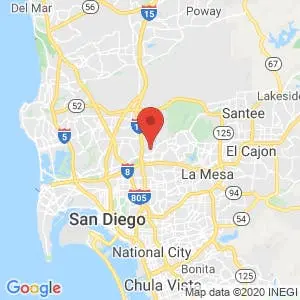
This RV park is a U.S. military campground. Unlike other campgrounds of this type, Admiral Baker RV Campground also allows regular civilians to make reservations. If you aren’t associated with the military, you’ll have to pay a slightly higher fee.

This large RV park is located right next to De Anza Cove Park so you can explore the natural landscapes of this scenic area during your stay. The RV pads feature views of Mission Bay. There are quite a few grocery stores and restaurants within walking distance of Mission Bay RV Resort.

Campland is a huge recreational complex in the San Diego metro area. This park is geared towards families, and water-related activities are offered every day during the summer. The RV campground at Campland on the Bay is one of the largest in the area.
Activities Near San Diego Zoo
Things to Do
Nature watching
In the Alcazar Garden, you'll find more than 7,000 annuals in a kaleidoscope of hues, all displayed in picture-perfect arrangements, making it the perfect spot for nature watching. The Inez Grant Parker Memorial Rose Garden is another beautiful local flower garden, with over 130 different types of roses among its 1,600 plants.
Hiking
Two popular nearby hiking areas include the Palm Canyon Trail and the Maple Canyon Trail. You'll also find several trails to choose from at Mission Trails Regional Park and at the Tecolote Canyon Natural Park and Nature Center, both of which provide trails for novice hikers and seasoned explorers.
Stargazing
"Stars in the Park" is held at Balboa Park every first Wednesday of the month, just outside the Fleet Science Center. It's here that you can take advantage of a free telescope viewing as well as a monthly astronomer-led planetarium performance.
National Sites
Weather, Safety & Accessibility
Weather & Packing
Always dress in loose, comfortable clothes that won't restrict your movements. The zoo sits in a valley, so you may want to dress in lightweight, breathable clothing good for traversing the hills. Wear layers that you can remove when the afternoon sun becomes too hot. Walking or trekking shoes work well for the rugged terrain of the park. Don't forget your hat, sunglasses and sunscreen!
Safety & Accessibility
To stay safe during your trip to the San Diego Zoo, make sure you always stay on the marked paths for the safety of other visitors and native species. Don't ever go beyond the warning signs and respect all of the guardrails, fences and moats. The San Diego Zoo also requests that you not bring in alcohol, drugs, glass bottles, dogs or remote-controlled devices. You're welcome to bring small containers of your own food in addition to water and nonalcoholic drinks.
Visitors with disabilities can take advantage of a number of accommodations, including reserved parking, special bathrooms, handicap-accessible tour buses and accessible habitat areas. It's important to note that the zoo has several steep inclines. To help with this, visitors with mobility impairments can use the zoo's free ADA shuttle service. There's also an accessibility map to locate ramps, lifts and other features.
Conclusion
The San Diego Zoo provides over 100 acres for you to explore. Many of the exhibits are cageless, providing you with an up-close and personal experience with many of the animals. It also features a breathtaking botanical garden and plenty of accessibility services for those with disabilities.
FAQ
The Roar and Snore Safari is one of the local camping choices for the San Diego Zoo. Other campsites close to this attraction are Campland, Lake Jennings, Dos Picos County Park, and the San Eligo State Beach Campgrounds.
Yes. Guests can leave their RVs in the zoo's parking lot. Parking attendants will show you to a spot that can accommodate vehicles of your size.
When visiting the San Diego Zoo, always remember to come when the park first opens to enjoy the most action from the animals. Also, make sure to wear comfortable walking shoes and a hat, along with sunscreen. Don't bring any glass containers as they are not allowed inside the zoo. You can bring a wheelchair or stroller or rent one at the zoo.
Yes, the San Diego Zoo is family-friendly. It is one of the most visited zoos in the entire world, and its design puts families first with several elaborate amenities.
No. Animals of any kind, including pets, comfort animals and service animals, are not allowed at the zoo.

